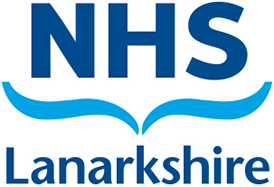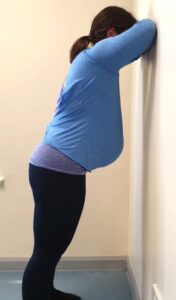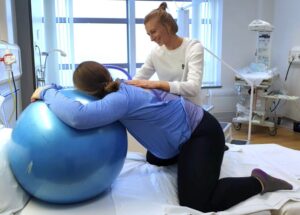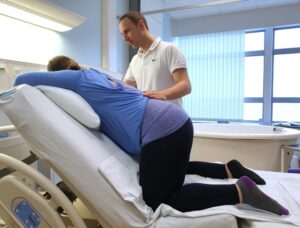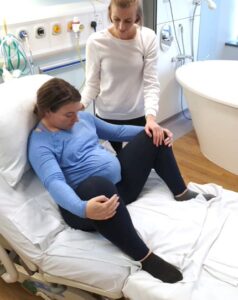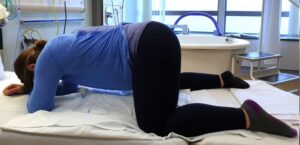Labour and Delivery
Breathing Exercises
Watch the video Positions for Labour and Delivery for some hints and tips about breathing techniques and some comfortable positions for labour and delivery.
This video was produced by NHS Greater Glasgow and Clyde
The First Stage of Labour
Practise moving between the positions below so that you find some that are comfortable for you. Make a note of them in your birth plan and discuss them with your birthing partner and midwife so that they also know what you want. You could also think about labour and delivery in the water using your own bath at home or a birthing pool in the hospital.
Try to stay upright if you can this helps to use gravity to move your baby. Think about:
- Sitting
- Standing
- Kneeling
- On all-fours
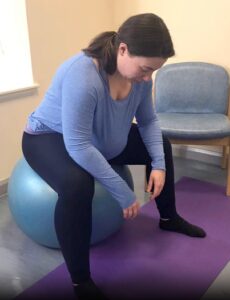
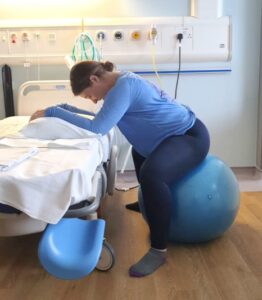
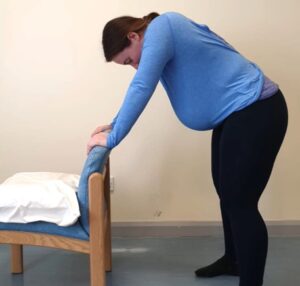
The Second Stage of Labour
During the second stage of labour when you are ready to push your baby out you could try some of the positions below:
Caesarean Section

Enhanced Recovery for Obstetric Surgery in Scotland (EROSS) is a national patient-centred care pathway. The aim of EROSS is to improve patient recovery while ensuring a high standard of patient care.
Are you planning on a c-section? Or are you recovering from an unplanned or emergency c-section?
Watch the video below for some advice in the first couple of days of your recovery. You will receive advice on:
- Breathing
- Positioning
- Wound support and wound care
- Lifting and laying your baby
- Feeding your baby
- Most patients will have had a spinal anaesthetic for their caesarean section which will numb your body and legs from the chest down.
- You will have a urinary catheter in place for 6-12 hours following the operation. This means you will not need to go to the toilet to empty your bladder until after the catheter is removed.
- You will have a wound across your lower tummy just above your bikini line and a dressing which will protect your wound for a few days.
- You should eat and drink within the first hour of your recovery and it is important to continue to drink regularly. You should aim for 1.5 – 2 litres of fluid per day.
- It is normal to feel some discomfort or pain over your wound and lower tummy area. Most patients are given paracetamol and an anti-inflammatory painkiller to help to ease the pain and allow you to care for yourself and your baby.
- Everyone feels pain differently, so if you need stronger painkillers it is important that you tell your midwife.
The leaflet has information on:
- Circulation
- Getting moving
- Advice for home
- Bladder care
- Bowel care
- Pelvic floor exercises
- Abdominal muscle exercises
- Lower back pain and shoulder pain
…and lots more!
IMPORTANT TO NOTE: if you are booked in for a planned caesarean section, look out for information to read and watch via your badger app at around 38 weeks gestation. Have your notifications on badger app TURNED ON!
